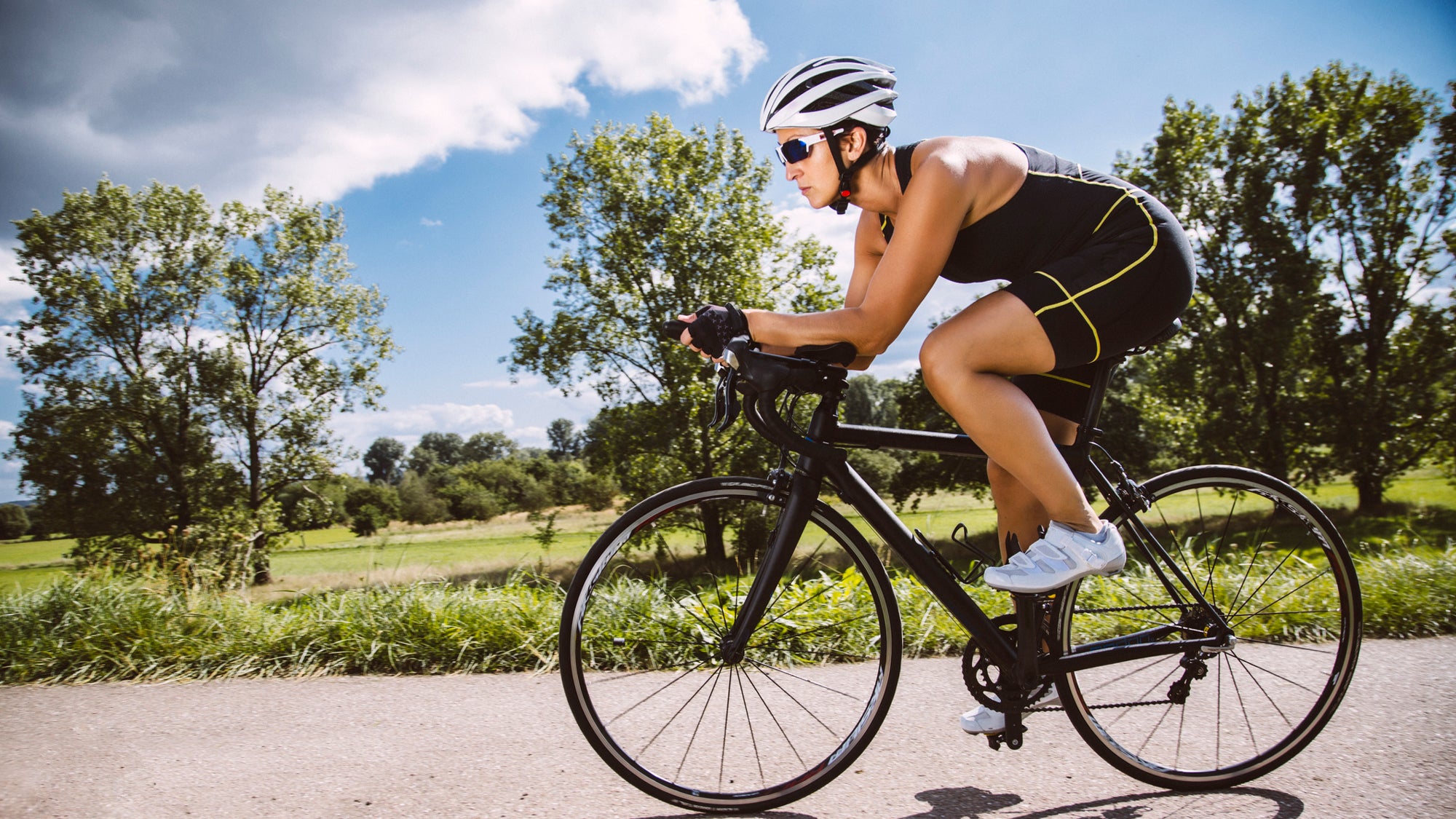Dear Coach: If I Can't Do Longer Workouts, What Can I Do Instead?

Shorter workouts can offer solid training base. Here's how to use them in your training. (Photo: Getty Images)
This week’s “Dear Coach” is courtesy of Olympian and coach Ryan Bolton, a former collegiate runner-turned-pro triathlete who now coaches athletes, from beginner to elite.
Sometimes, we can’t get out for longer workouts, whether it’s just for one day or weeks on end. When that’s the case, here are some helpful suggestions on what you can do during truncated training times to perform your best later down the road.
Optimize yourself
As triathletes, most of us don’t have a problem swimming, biking, and running all day long. However, when that’s not an option it’s a great opportunity to focus that energy on optimizing yourself.
You know that nagging minor (or even possibly major) injury that’s been holding you back? Now is the perfect time to address it. Incorporate a thoughtful physical therapy program into your daily routine, identify and correct imbalances in your body, develop a weight training program that will increase strength and help prevent further injury and improve range of motion, and if necessary, rest the area that has been causing issues. Even if you don’t have a current “niggle,” implementing these measures into your weekly routine will make you a much stronger athlete when there is time to hit the training and racing hard again.
One of the most undervalued and underdeveloped parts of most triathletes’ dossiers is their mental game. We spend countless hours training our bodies, but many of us don’t spend much time working on the mind. When you can’t get out and train as much, I suggest using that time to meditate, practice visualization, and re-state and clearly identify your current goals. All are great mental practices that are proven to make you a better athlete.
Optimizing yourself can also be accomplished by making the most out of your equipment and researching what you might buy (or do – like a bike fit) in the future. Races are far enough in the future that changing your position for the better right now would reap huge rewards without any real downside. As long as you are focusing on your bike, get it fully tuned and cleaned as well. A clean, tuned bike is a fast bike.
Related Links:
The 5 Key Elements of a Perfect Bike Fit
Ask A Gear Guru: What Are The Best Products For Cleaning My Bike?
Improve Your Running Form With A DIY Analysis
This is also a great time to get a proper run gait and/or swim technique analysis. Both can identify weaknesses and flaws in your form and technique that you can work on during this period. You could also do a nutritional analysis (professional or just a personal assessment and re-visit daily and race day nutrition strategies. Once again, this may be the perfect time to be making positive changes for the future.
Finally, read. Triathlon books, magazines, and anything that you can get your hands on. In periods of down time educating yourself is very productive.
Get the most out of shorter workouts
Even if you can’t get out for long workouts, you can make the best of shorter ones. I’m an advocate of getting the most “bang for your buck” out of workouts, especially for people with compromised training schedules.
Three types of highly productive shorter workouts are:
- Form/technique work: As noted above in “optimizing yourself,” you can make great gains by doing shorter workouts that emphasize working on form. Examples are bike rides with spin ups or one-legged drills, runs with strides and specific form work, and swims with technique-focused sets – or when a pool isn’t available, swim cords/bands work.
- Limiters: Is power your limiter on the bike? How about leg turnover on the run? Or, what about the catch phase of your freestyle? No problem. All of these things can and should be addressed in shorter, more efficient workouts. When time is limited, really focus on what you need to focus on most … your limiters.
- Neuromuscular work: Training the nerves and muscles to work in synchronicity is important for every type of athlete. And, it’s easy to train in shorter workouts. Strides of 10 to 20 seconds on the run, short accelerations on the swim (10- to 25-meter repeats) and short bursts of 8 to 15 seconds on the bike (all with good recoveries of 1:30 or so) keep an athlete firing on all 12 cylinders, even when the training load can’t be big.
Make the most of the training you can do, create a well-rounded approach, and most importantly, enjoy the process!